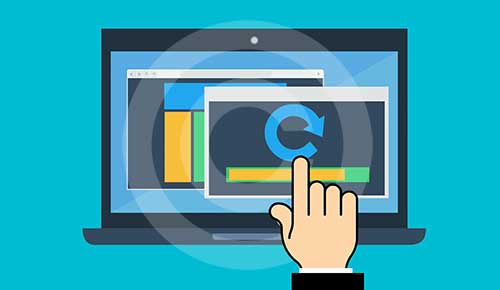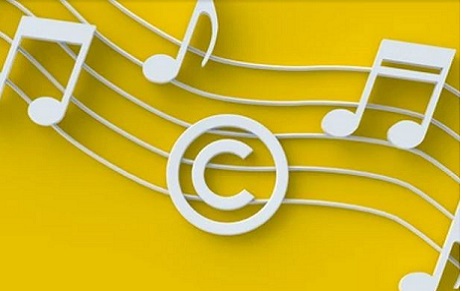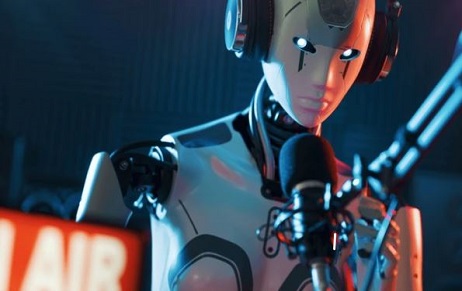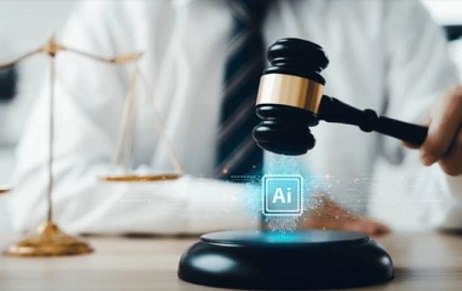Any successful café, restaurant, or retail establishment's environment is greatly influenced by its music. It…
Software Copyright Registration: U.S. Perspective
INTRODUCTION

What should be registered?
Registration is necessary for each independently published version of a computer program that contains new, copyrightable content, according to the Copyright Office, and registration of any subsequent version covers only the new or updated material added to that version. Circular 61: Copyright Registration for Computer Programs explicitly states this stance.
One portion of the Compendium takes a more nuanced approach, arguing that if the derivative is based on copyrightable material owned by the claimant mentioned in the application, there is no need to limit the claim in a copyright registration application. Other portions of the Compendium, on the other hand, stipulate that material that has been previously published or registered should be excluded from the claim in a registration application. The Compendium provides examples of such exclusions, such as where the author of the earlier work and the work being registered is the same. This appears to back up Circular 61’s position. However, because software developers may release many distinct versions of a program over its commercial life and disseminate minor releases and updates between major releases, registering each published version of a work that contains new, copyrightable authorship is typically impractical. Furthermore, the majority of courts that have reviewed the matter disagree with the Copyright Office’s position. However, before diving into the instances, it’s important to understand the components that copyright owners must pay close attention to while attempting to register their software.
A. Nature of Authorship
The applicant should use statements that the Copyright Office has previously found acceptable in the “nature of authorship” section of Section 2 of the registration form, such as “computer program,” “entire text of computer program,” “entire program code,” and “text of user’s manual and computer program.” The Copyright Office will reject copyright claims that express, refer to, or describe the program’s features or functions, or that refer to designs, physical form, hardware, or algorithms because copyright protection does not extend to ideas, functional concepts, facts, or elements of the work that are incidental to such matters.
B. Derivative Works
The majority of computer programs are created in versions that are based in part on previous versions and frequently contain some previously written code. The software will be regarded as a “derivative work,” rather than an original work, unless it incorporates either (i) a small and insignificant amount of previously published code, or (ii) preexisting code that has never been published or registered, and must be identified in Section 6 of the form. When the previously published or registered code is considerable or represents a significant component of the program as a whole, the program is considered a derivative program. If the program is a derivative work, both the “preexisting material” and the “material added” should be stated in Section 6 of the form, using the same basic descriptors as those used to define the program’s “nature of authorship” as described above.
The copyright in a derivative computer program only applies to new additions, changes, or other things that are included in the program for the first time, and does not imply any exclusive rights in previously published material. This creates a trap for the naïve software corporation that, for example, files an application for a version of a program based in part on previously published versions of the program, assuming that the registration will cover the full program. If the software company later files a lawsuit for infringement, it may be astonished to realize that the registration only applies to new material contained in the most current version, not too old material. This example demonstrates the need of keeping a repository of all versions of the program’s source code and file separate applications for each version.
C. Deposit Requirements
Applicants can make use of special deposit procedures to avoid depositing the whole source code with Copyright Office, where deposits are open to the public when a computer program contains trade secrets. A cover letter declaring that the Software contains trade secrets, as well as the page containing the copyright notice if any, and one of the following special deposits, as applicable, should be included with the application:
- If the printed source code is fewer than 50 pages long, it must be submitted in its entirety, with trade secrets redacted. However, such blocked-out sections cannot account for more than 50% of the total amount of lines of code.
- If the total amount of source code pages is 50 or more, the applicant can choose from three types of less onerous deposit requirements (mentioned in the circular).
The following are the deposit requirements if the application is for a derivative computer program containing trade secrets:
- If the adjustments are found in the first and last 25 pages, the applicant can choose from any of the above choices for completely new computer programs.
- If the revisions are not found in the first 25 and last 25 pages, the applicant may submit either: (i) 20 pages of source code containing the revisions with no sensitive portions blacked out; or (ii) any 50 pages of source code containing the revisions with sensitive portions blacked out, but the total lines blocked out must be proportionally less than the remaining lines.
Cases when default in the registration process invalidates copyright registration:
One of the most difficult questions is whether a registration for a previously published work is enough to sustain a case alleging copying of a derivative work. Because this is a fact-based investigation, there is no definite solution. Some derivative works will include significant chunks of previously published works. Those are more compelling reasons to file an infringement claim based on the registration of prior work. However, if there are substantial differences between the derivative work and the prior work, establishing that registration of the preexisting work is sufficient to sustain a lawsuit will be far more challenging. Below, we go over some of the court decisions on this problem in further depth, as well as some suggestions for practical techniques of coping with it.
In the case of Airframe Systems v. L-3 Communications [2011], wherein the plaintiff-appellant, appeals from a decision of the United States District Court for the District of Massachusetts. When Airframe filed a series of copyright infringement cases against L–3, the district court granted defendant-cross-appellant L–3 Communications Corp.’s (“L–3”) petition for summary judgment. L–3 cross-appeals argued that the ARMS source code version in question for infringement was an updated version of the ARMS program created in 2009, which was the sole version Airframe produced during discovery. The modified 2009 version of the ARMS source code, according to L–3, was not registered and was insufficient to demonstrate the content of the preceding source code versions covered by Airframe’s copyright registrations (including the 1981 IBM version, the 1984 PC version, the 1988 UNIX version, and the 2003 version). As a result, L–3 stated, Airframe could not show “substantial similarity” between the M3 source code and the allegedly infringed registered source code. The court upheld the District Court’s ruling, holding that the registration of a prior work was inadequate to substantiate infringement allegations against the derivative work.
Another case was Shroats v. Customized Technology, Inc., [2011]which involved the failure to meet deposit requirements. The plaintiff used a later version of software to establish a deposit and recreated at least part of it from memory. He did not use the original software to prepare the deposit, and he stated that he wasn’t sure if certain pages of the deposit were even included in the original. The court deemed the registration invalid and granted the defendant’s request for summary judgment, citing the requirement that a deposit is a “bonafide” copy of the original work.
CONCLUSION
In light of the above analysis, it is observed that many software engineers believe that registering a derivative work is impractical, which differs from the majority of courts that have reviewed the question. Knowing some of the lessons learned from these case laws will help you avoid making mistakes throughout the application process that can reduce the value of your copyright registration and leave you with few options. Practitioners can best position individuals and corporations to take advantage of copyright law to maximize protection for their software by deliberately addressing the consequences of these concerns.
Author: Anuja Saraswat – a student of B.A.LL.B (Hons.) from NMIMS Kirit P. Mehta School of Law (Mumbai), in case of any queries please contact/write back to us via email vidushi@khuranaandkhurana.com or contact us at Khurana & Khurana, Advocates and IP Attorney.



